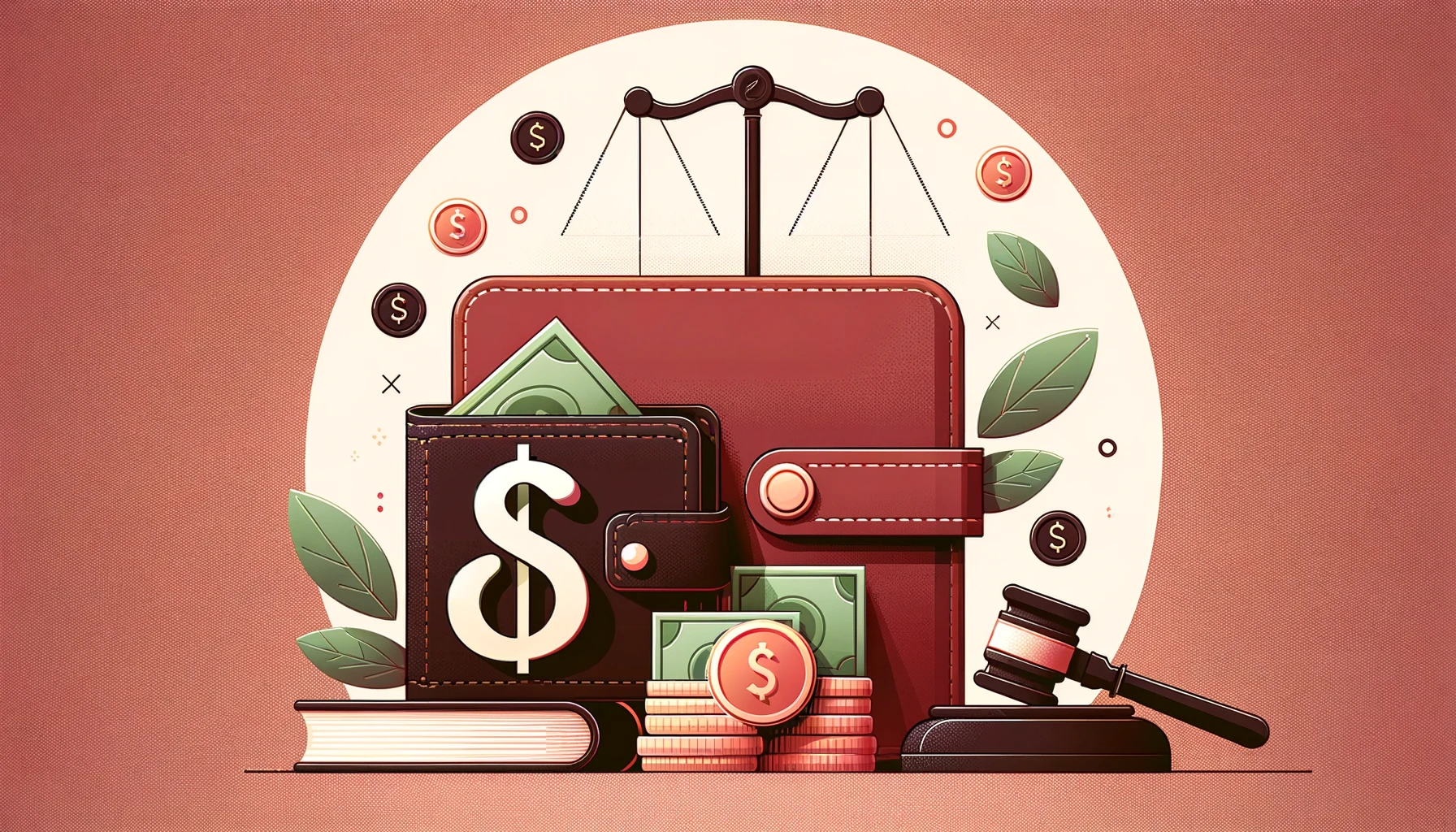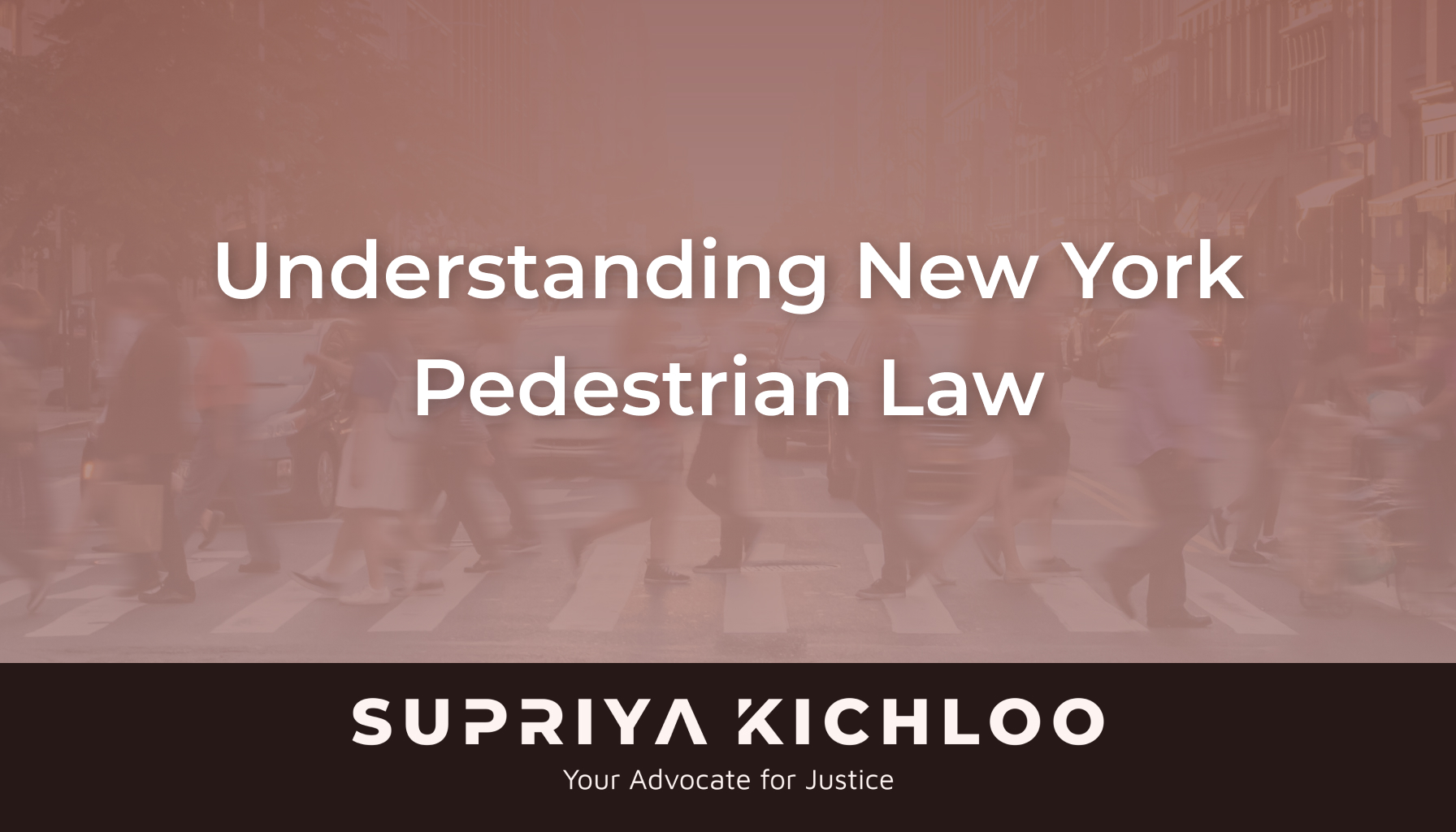Pedestrian accidents can turn a routine walk into a life-changing event. In a city as vibrant and fast-paced as New York, pedestrians constantly navigate busy intersections, aggressive drivers, and unpredictable street conditions. If you were injured in a pedestrian accident, you may feel overwhelmed, in pain, and unsure of what to do next.
At the Law Offices of Supriya Kichloo, P.C., we understand how devastating these incidents can be. Our firm is dedicated to helping injury victims find clarity, stability, and justice. Led by attorney Supriya Kichloo—a multilingual advocate with a culturally sensitive approach and over a decade of experience—we offer more than legal knowledge. We offer guidance, empathy, and personalized attention every step of the way. Regarding pedestrian accident claims, we work to uncover the facts, challenge insurance companies, and hold negligent parties accountable. If you’re wondering who may be held responsible for your injury and how to move forward, we’re here to help you find the answers.
Who Can Be Held Liable in a Pedestrian Accident?
Determining liability in a pedestrian accident isn’t always as straightforward as it may seem. While the driver of the vehicle is often the first party considered, multiple individuals or entities can potentially share responsibility depending on how the accident occurred. A thorough investigation is essential to identifying every source of fault, which in turn can affect the outcome of a claim. The following are some parties frequently involved in pedestrian collisions in NYC.
Drivers
In most pedestrian accident cases, the vehicle’s driver is a key focus. If the driver was speeding, distracted, impaired, running a red light, or failing to yield at a crosswalk, they may be found negligent. Drivers have a legal duty to remain vigilant, especially in areas with heavy foot traffic, such as near schools or at intersections.
Employers
If the driver was working at the time of the accident—for example, delivering packages, driving a company vehicle, or providing transportation services—their employer may also be held liable. Under the legal principle of respondeat superior, employers can be responsible for the negligent acts of their employees while they’re performing job duties. This principle often applies in commercial vehicle cases or rideshare-related incidents.
Government Entities
Local or state agencies may bear some liability if road design, maintenance issues, or faulty traffic signals contributed to the accident. For example, if a crosswalk light was malfunctioning or visibility at an intersection was obstructed due to poor signage, a government entity may be held accountable for injuries that result.
Vehicle or Equipment Manufacturers
In some cases, mechanical failures—such as defective brakes, malfunctioning steering systems, or faulty pedestrian detection technology—can contribute to pedestrian accidents. If a defect in the vehicle or one of its components played a role in the crash, the vehicle manufacturer or part supplier may share liability under product liability law.
Property Owners or Managers
In certain scenarios, private property owners or managers may be liable if dangerous conditions on their premises contribute to a pedestrian injury. For instance, if a parking lot exit is poorly designed and forces vehicles into high-foot-traffic areas without adequate visibility, the property owner’s negligence may be a factor in an accident.
Do Pedestrians Have the Right of Way in New York?
In many cases, pedestrians do have the right of way in New York. However, the law also outlines specific duties that pedestrians must follow, including yielding to traffic. Understanding this balance is key when evaluating pedestrian accident liability. Let’s look at how New York’s right-of-way laws break down.
Crosswalks Without Traffic Signals
When traffic-control signals are not in place or operating, pedestrians crossing the roadway within a crosswalk have the right of way. Drivers are required to yield by slowing down or stopping if necessary to let a pedestrian safely cross.
Sidewalks and Driveway Entrances
Pedestrians are also protected on sidewalks. Drivers emerging from or entering an alleyway, driveway, private road, or building must yield to any pedestrian approaching the sidewalk or driveway. This provision helps safeguard pedestrians in areas where vehicles frequently cross walkways.
Crossing Outside of Crosswalks
When pedestrians cross the street at points other than marked or unmarked crosswalks, they must yield the right of way to vehicles. Further, if a pedestrian tunnel or overhead crossing is available, pedestrians must use it and yield to traffic when crossing elsewhere.
Pedestrians are prohibited from diagonal crossings at intersections unless authorized by traffic control devices.
Walking on or Near Roadways
Pedestrians are expected to use sidewalks whenever safely available. Walking along the roadway is prohibited when a usable sidewalk exists. If there is no sidewalk, pedestrians should walk on the left side of the road or shoulder facing oncoming traffic.
How Do I Prove Pedestrian Accident Liability?
Proving liability in pedestrian accident claims requires showing that someone failed to use reasonable care under the circumstances, and that led to harm.
Injured pedestrians must prove four key elements to prove their claims:
- Duty of care,
- Breach of duty,
- Causation, and
- Damages.
Understanding how these elements apply to a specific situation can help determine the appropriate next steps in the legal process.
What Happens If I Am Also Responsible for the Pedestrian Accident?
You may still have a claim even if you’re partially at fault in the accident—for instance, because of jaywalking or lack of attention. New York follows a pure comparative negligence rule, which means your percentage of fault reduces your compensation proportionally. For example, if you’re 30% responsible, you can still recover 70% of your damages.
Because insurers often try to shift blame to avoid paying full compensation, speaking with a seasoned attorney is essential. A lawyer can assess your situation and help protect your rights.
Don’t Wait to Explore Your Legal Options
If you or someone you love was injured in a pedestrian accident in New York, the clock is already ticking. Evidence fades, deadlines pass, and opportunities can be lost. But with the proper legal guidance, you can take control of your recovery.
The Law Offices of Supriya Kichloo, P.C., is here to help you confidently move forward. With over a decade of experience and a results-driven approach, Supriya Kichloo is a voice for those who might otherwise go unheard. Fluent in English, Hindi, and Kashmiri, she bridges communication and cultural gaps to help provide accessible representation.
You don’t have to navigate this alone. Contact our office today for a free consultation, and let us help you understand your rights and options. Your path to justice starts with a single step—and we’re ready to walk it with you.
Resources

